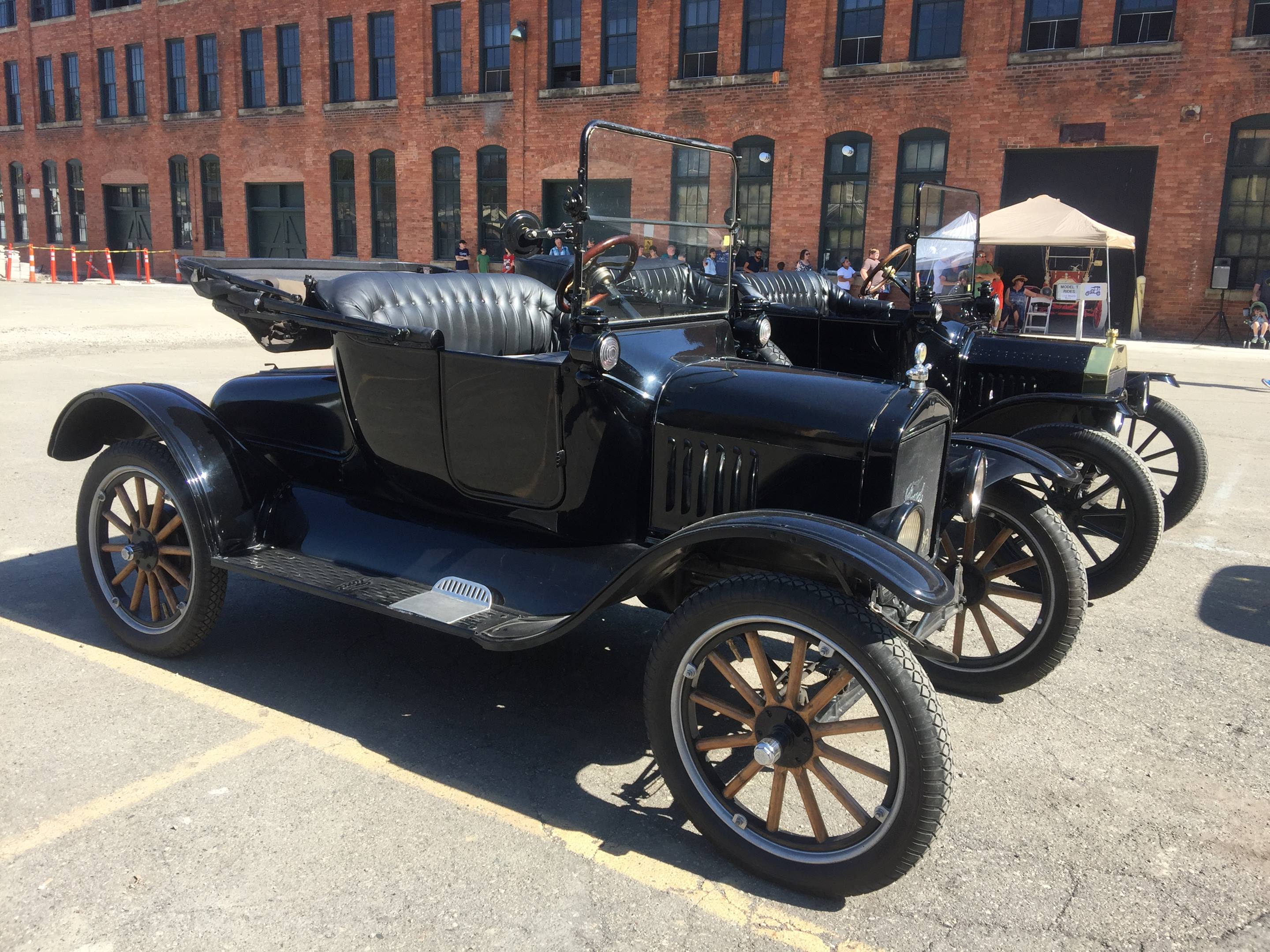The secret room where Henry Ford designed the Model T
What do the Mississippi River and Ford Model T have in common? It isn’t as much of a stretch as it might appear. Both had enormous significance in the evolution of American culture. And both started small—the mighty Mississippi as a shallow creek emerging from Lake Itasca in northern Minnesota, the Model T as an idea that went from concept to prototype in a compact third-floor corner at 461 Piquette in Detroit.
From 1904 to 1910, that address was home to the Ford Motor Company, Henry Ford’s first purpose-built factory. It was a busy shop. Piquette factory production included Ford Models B, C, F, K, N, R, and S. The N, together with its sportier variants R and S, was on its way to becoming America’s best-selling automobile, and as 1906 gave way to 1907, Mr. Ford was on his way to becoming a very wealthy man.
But his success was just a prelude to what was to come. Henry had visions of a durable, lightweight automobile, suitable for family use and affordable for families of ordinary means. A car, as he put it, for “the great multitude.”

Accordingly, in January 1907, Ford had the northeast corner of Piquette’s third floor—870 square feet—walled off from the rest of the production floor for what he characterized as “a completely new job.” Only a trusted few workers had access to the space, and the door was padlocked when it wasn’t in use. Over the course of the next year, the Model T took shape, emerging as running prototype in the spring of 1908.
Production began Sept. 27, the T made its official debut on Oct. 1, 1908, and the car went on to change the world. For a time during the T’s 17-year run, half the cars on the planet were Ford Model Ts, and Henry’s “new job” spearheaded America’s transition from a largely rural, agrarian society to an urban, industrialized nation.
Secret R&D
The space devoted to the T’s gestation, known now to Piquette insiders as the “secret experimental room,” was eventually dismantled after the new car went into production.
From the beginning, demand for the T exceeded Ford’s ability to build them. The staggering production numbers that made personal transportation available to the great multitude didn’t come until Ford’s development of the moving assembly line at its vast Highland Park plant in 1913.
The Model Ts that emerged from Piquette—some 12,000 of them before operations moved to Highland Park in January 1910—were all station build, i.e., a team of workers handled the entire assembly of a car, then moved on to the next one. Although Ford and his staff kept adding refinements to the process, which was universal in the young industry, the Piquette plant couldn’t keep pace with the orders.
To mitigate the supply and demand dilemma, Ford needed every inch of of Piquette’s assembly facility. Consequently, the walls of the experimental room came down, and its modest floor space was returned to regular production use.


110 years later
Now, 110 years after the T project began, the room has been brought back to life, a recreation of the place and the project that put America on wheels.
Based on surveys by industrial archaeologist Richard Anderson, archival interviews conducted in the 1950s with workers employed at Piquette during the dawn of the T era, as well as physical evidence in the building, a staff of experts and volunteers have recreated the experimental room, appointing it with the same type of equipment used by Ford’s development team in 1907 and ’08.
The artifacts include a chalk board used to sketch design ideas; a drafting table to convert rough ideas to mechanical drawings; an early 20th century camera; a workbench; and a 250-volt DC motor to turn an overhead line shaft with belts driving a lathe, drill press, and milling machine. There’s also an old rocking chair, like the one Henry Ford sat in while directing experimental room operations, and a Model N chassis, which was the starting point for the Model T’s development.
The experimental room team is particularly proud of its lighting, provided by a trio of reproduction GE arc lamps. Detroit’s Kirlin Lighting created the lamps, using a 3D printer and an original lamp acquired from a Canadian collector. Piquette’s cost for the old Canadian lamp was more than the price of a new Model T touring car back in 1908 ($850).
The walls of the experimental room are open on two sides, to provide a close look at its historic equipment. It’s enhanced by backlit graphic panels tracing the Model T story, and photos of those involved with the Model T development, including Henry and Edsel, who was a teenager at the time. And a kiosk provides five short Model T videos narrated by automotive historian Bob Casey, author of The Model T.
Recognized as a National Historic Landmark in 2008, the Ford Piquette Avenue Plant is now a museum, and its top two floors are populated by a wide variety of cars from the pre-WWI era—many from the immediate neighborhood, the Milwaukee Junction area of Detroit—as well as a number of Model Ts and pre-T Fords.
The plant is open to visitors Wednesday through Sunday from 10 a.m. to 4 p.m., April through November. It is open Friday, Saturday, and Sunday from 10 a.m. to 4 p.m., December through March.








